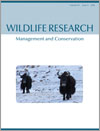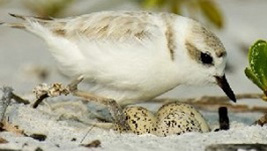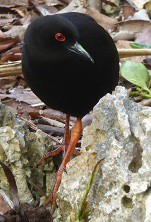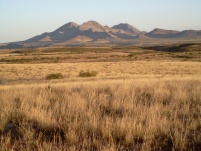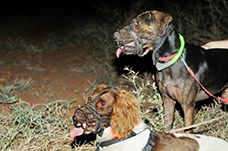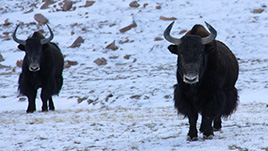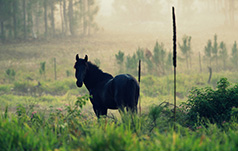WR16030Soil phosphorus predicts feral pig (Sus scrofa) occupancy, detection probability and feeding activity in a temperate montane rainforest
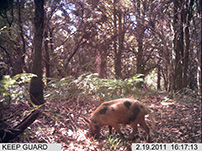
Feral pigs (Sus scrofa) are a widespread invasive species but little is known about their habits in temperate rainforest. We used a grid of cameras to investigate how pigs used a New Zealand rainforest and found that soil phosphorus best predicted pig activity, including feeding. Our study highlights how cameras can reveal the habits of cryptic wildlife in rugged environments.


